In September 2010, the BBC reported an "Urgent call on EU to stop 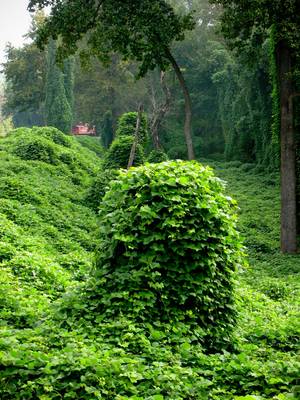 billion-Euro 'alien invasion'". If you had read no further than the headline, you might have guessed they were raising the alarm on extraterrestrials. More likely, you imagined a vitriolic anti-immigration campaign, a warning about an "invasion" by our fellow humans.
billion-Euro 'alien invasion'". If you had read no further than the headline, you might have guessed they were raising the alarm on extraterrestrials. More likely, you imagined a vitriolic anti-immigration campaign, a warning about an "invasion" by our fellow humans.
But you would have been wrong on both counts. Though they are not human immigrants, the "aliens" costing us billions of Euros are just as terrestrial as we are. And for all the talk of invasion, we are the ones who brought them across our borders in the first place. These so-called alien invaders are the many species that we have helped to relocate on our voyages around the globe, the birds and shrubs and crabs and vines that have travelled with us to new lands and thrived.
Unfortunately, these non-native species may succeed at the expense of more familiar local species. Concern over the threats posed by non-native species has grown in recent decades, leading governments to invest resources in stopping the introduction and spread of foreign plants and animals.
But what transforms the introduction of a non-native species into an "invasion"? And on a planet rife with biological change and populated by immigrants on every continent, what distinguishes an invader from a trusted native?
These questions are at the core of invasion ecology. The field takes its name from British ecologist Charles Elton's 1958 tome, The Ecology of Invasions by Animals and Plants, though it only became a defined sub-discipline of ecology in the mid-1990s. Invasion ecologists ask why some species are more likely to succeed and spread in a new ecosystem. By the same token, they also ask why some ecosystems are more susceptible to invasion. Finally, they apply their knowledge in an effort to prevent the spread of species beyond their "natural" ranges, and to mitigate the effects of invasions.
In other words, invasion ecology begins with the premise that a particular species belongs in a particular place and elsewhere it is an unwelcome alien. Based on all of the press that non-native species receive, this premise may seem self-evident. Recently, however, critics from within ecology have questioned this focus on nativeness, arguing that the geographical origin of an organism is a poor indicator of its impact on a new environment, and an even poorer criterion for a costly campaign of eradication. According to a group of 19 such critics, led by ecologist Mark Davis of Macalaster College in Minnesota, reactions to non-native species are too often based on an unexamined bias against biotic outsiders. In a June 2011 issue of Nature, they argue that we should not feel too much allegiance for the historical locale of a species or the historical makeup of an ecosystem: change is one of the few reliable features of the biological world, and we should be open to rearrangement and reassembly, and the emergence of what they call "novel ecosystems".
Then what's the problem with non-native species, anyway?
How did non-native species get such a bad rap in the first place? In part, some deserve it. Freed from their normal competitors and predators, some organisms truly seem to "invade", providing vivid examples that convince the public and policy makers of the destructive potential of non-native species. Kudzu (Pueraria lobata), an Asian vine that blankets buildings and trees in the southern United States, provides a graphic illustration of the potential of a plant invasion, as it literally chokes out native plant life. Japanese knotweed (Fallopia japonica) is a similarly dramatic 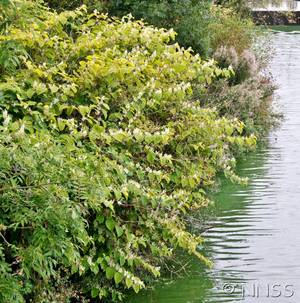 UK example, notorious for its ability to regenerate from tiny fragments of cut plant tissue and penetrate weak or cracked concrete and asphalt.
UK example, notorious for its ability to regenerate from tiny fragments of cut plant tissue and penetrate weak or cracked concrete and asphalt.
Non-native species especially threaten the biota of islands, where long isolation from mainland organisms can result in the evolution of organisms unable to cope with the weeds and predators that arrive with human exploration and colonisation. For example, many islands were free of predatory mammals until humans arrived, allowing the evolution of flightless birds. Rats, pigs, and humans themselves have all done terrible damage in places like New Zealand, Hawai'i, and the Galápagos, where these birds and other species lack defense mechanisms, thanks to their evolutionary history. Tough, weedy generalist species can run roughshod over specialised, highly interdependent species, and decrease the biodiversity of island ecosystems.
But more often, non-native species do not become invasive, do not represent a risk of extinction to native species, and do not depress the biodiversity of their newly adopted homes. Quite the opposite, claim Davis and his colleagues; in fact, the arrival of non-native species is actually more likely to increase species diversity.
If destructive invasions are rare and migration is the historical biological norm on our planet, the question remains: What is really wrong with non-native species? One key distinction helps us answer this question. While plants and animals and fungi have migrated across seas and mountain ranges for millennia, non-native species cross these geographic obstacles with the help of humans. That is to say, for non-native species, it's guilt by association--with humans.
We are the problem with non-native species
Take, for example, the Canada goose, Branta canadensis, a bird that arrived in England in the 1660s. More than 300 years have passed since its arrival, but this fowl is still described as non-native and listed as such by the Great Britain Non-Native Species Secretariat. 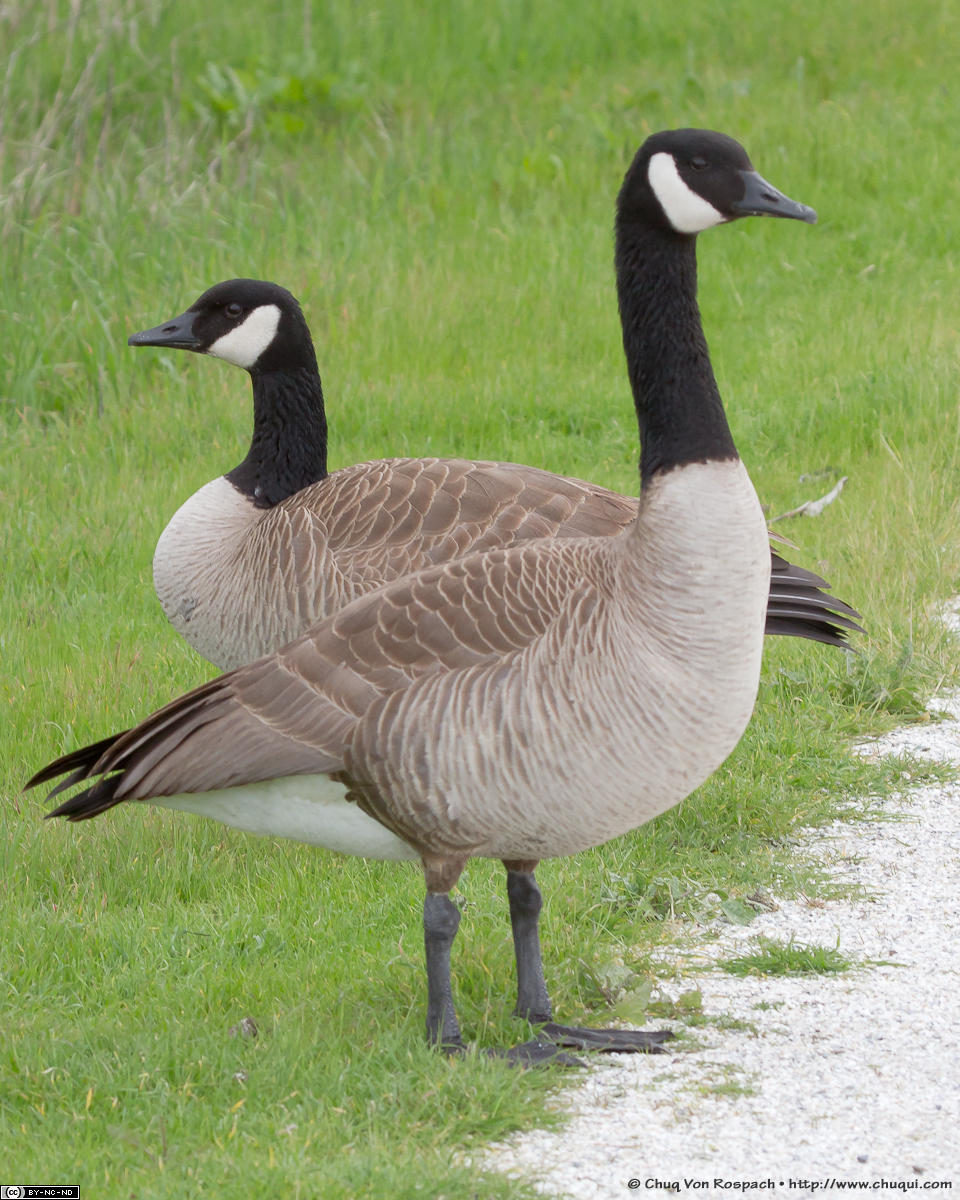 Though this goose is a long-distance traveler in its native North American range, its journey across the pond was, like that of many game and ornamental species, facilitated by humans. In fact, the first population of Canada geese is thought to have taken root in London's St. James's Park, thanks to King Charles II. And every time the Canada goose gets press, this story is recounted, revealing that we humans consider ourselves to be the defining factor in the history of the Canada goose in England.
Though this goose is a long-distance traveler in its native North American range, its journey across the pond was, like that of many game and ornamental species, facilitated by humans. In fact, the first population of Canada geese is thought to have taken root in London's St. James's Park, thanks to King Charles II. And every time the Canada goose gets press, this story is recounted, revealing that we humans consider ourselves to be the defining factor in the history of the Canada goose in England.
The Canada goose is considered an interloper for more contemporary reasons as well. Simply put, it's a pest. Since the mid-twentieth century, its populations have burgeoned, and it has become a terrible nuisance. It nips at fingers, poops in parklands, and collides with aircraft. The Canada goose seems a case in point for the invasiveness of non-native species, who expand their ranges and populations catastrophically when liberated from the predators that keep them in check in their native environment.
But there is at least one problem with this account: The Canada goose is mounting just such an explosive "invasion" of ponds and parks within its home range of North America. In fact, the Canada goose's population explosion has little to do with its geographical origin, and almost everything to do with human cultural practices in both England and North America. There is nothing more appealing to a goose than a carefully manicured putting green or public park, where an endless supply of food awaits, relatively hazard-free. After all, large areas of monotonously trimmed vegetation provide a clear view of any approaching threat. In this way, human land use patterns have created an environment that favours the Canada goose, allowing them to act "invasively"; in fact, it hardly matters whether they are "natives" or "aliens".
We humans are the problem with non-native species in two senses, then.
First, we create the categories that determine who belongs and who does not belong. If humans were instrumental in a species' migration, intentionally or unintentionally, we define its arrival as "unnatural".
Second, we create conditions that can allow migrants to act like invaders. And when the conditions we create are truly ideal, the results can even transgress our own categories, enabling a goose to start acting like an invader even within its own native range.
Redefining categories, changing conditions
One part of the solution is to challenge our own categorical condemnation of non-natives, as Davis and his colleagues suggest. Evolutionarily, today's non-native species are much the same as the opportunistic organisms that found their way to England by hitching a ride on the foot or in the feces of a Jurassic dinosaur. They may be 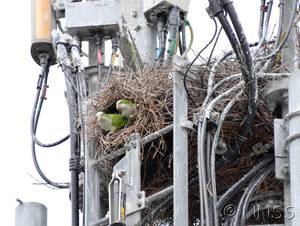 stowaways, like the shellfish that cement themselves to the bottom of your boat. Or they may be former human companions, like the many exotic parakeets that feed on London fruit trees. But in the end, they are also just organisms that have taken advantage of another opportunity (that's us) to colonise a new land.
stowaways, like the shellfish that cement themselves to the bottom of your boat. Or they may be former human companions, like the many exotic parakeets that feed on London fruit trees. But in the end, they are also just organisms that have taken advantage of another opportunity (that's us) to colonise a new land.
While the general category of "non-native species" may not be a useful one, there certainly are invasive species with the potential to upset ecosystems in ways that we humans find unacceptable. Intervening in order to stop their spread could be a worthwhile endeavour, based upon the values we, as a society, choose to promote and the resources we wish to protect. For example, concern has been expressed in the UK over potential crop damage from the ring-necked parakeet (Psittacula krameri), a bird imported to England from Africa and Asia. But no action has been taken, and many people are charmed to see a flock of bright green birds fly overhead. By contrast, the South American monk parakeet (Myiopsitta monachus) has recently become the target of a campaign by the UK Department for Environment, Food and Rural Affairs (DEFRA) to remove or eradicate the species from the wild.
What makes the monk parakeet a target for eradication? Even within its home range, the weight of the monk parakeet's communal nests threatens power lines and other essential elements of public infrastructure. In other words, while it's interesting to note the monk parakeet's status as a non-native species, it's immaterial to the decision to eradicate it. Instead, the decision demonstrates that our society values protecting infrastructure--a value no more or less noble than that of protecting the historical makeup of an ecosystem or the beauty of public par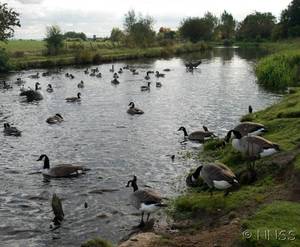 ks or whatever it is we deem worth protecting. The call by ecologists to stop demonising non-native species is a call to make pragmatic decisions about how we manage our environment, based upon explicitly stated societal values, rather than couching decisions in terms of "nativeness", which has little relevance to what is really at stake. After all, humans have always promoted the "invasion" of species that we favor, whether they are crop plants or, for that matter, Homo sapiens, a species highly skilled at invading. In discarding the concept of nativeness, we can focus on how best to direct the effects that we inevitably have on the ecosystems of which we are a part.
ks or whatever it is we deem worth protecting. The call by ecologists to stop demonising non-native species is a call to make pragmatic decisions about how we manage our environment, based upon explicitly stated societal values, rather than couching decisions in terms of "nativeness", which has little relevance to what is really at stake. After all, humans have always promoted the "invasion" of species that we favor, whether they are crop plants or, for that matter, Homo sapiens, a species highly skilled at invading. In discarding the concept of nativeness, we can focus on how best to direct the effects that we inevitably have on the ecosystems of which we are a part.
And as for that park-fouling fowl, B. canadensis, its goose may yet be cooked. Recent press suggests that chefs have set their sights on the Canada goose, and are already considering the sauces that best compliment its meaty - and apparently delicious - flesh. This is not the first time an alien invasion has been transformed into a dinner entrée. The dreaded kudzu has been gathering a following in the States for decades. Locavores may wonder if a non-native species can count simultaneously as a locally grown food. So let's let DEFRA sort out the technicalities and just tuck in!










Comments
Add a comment